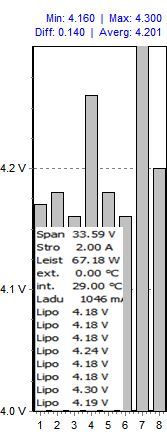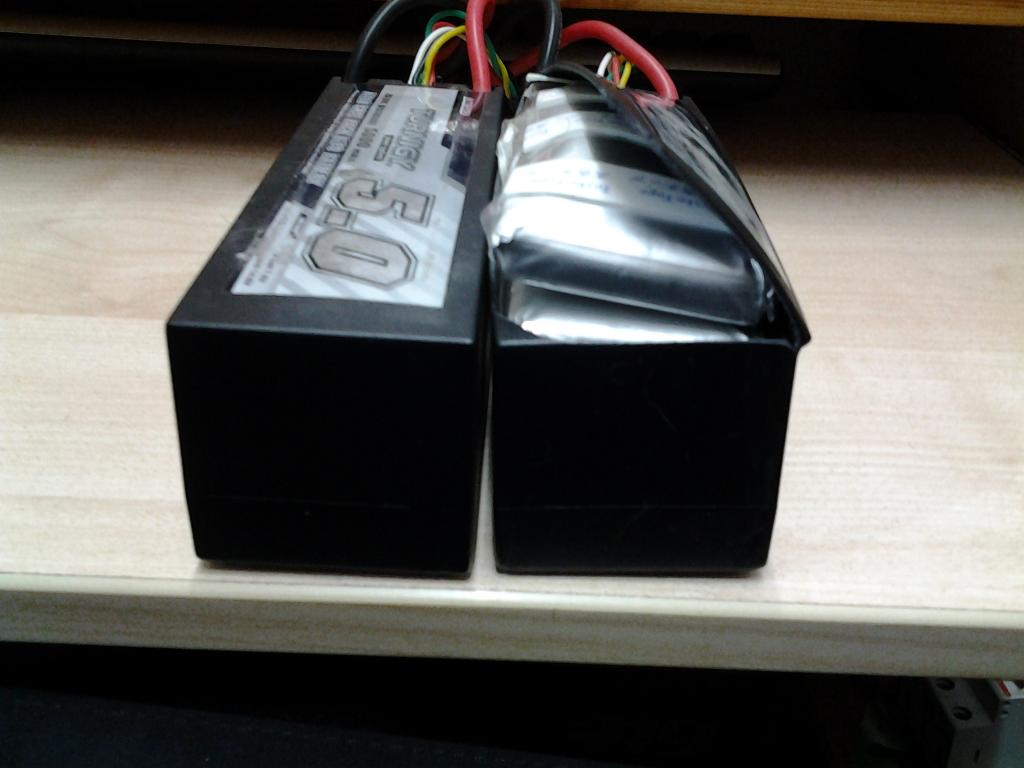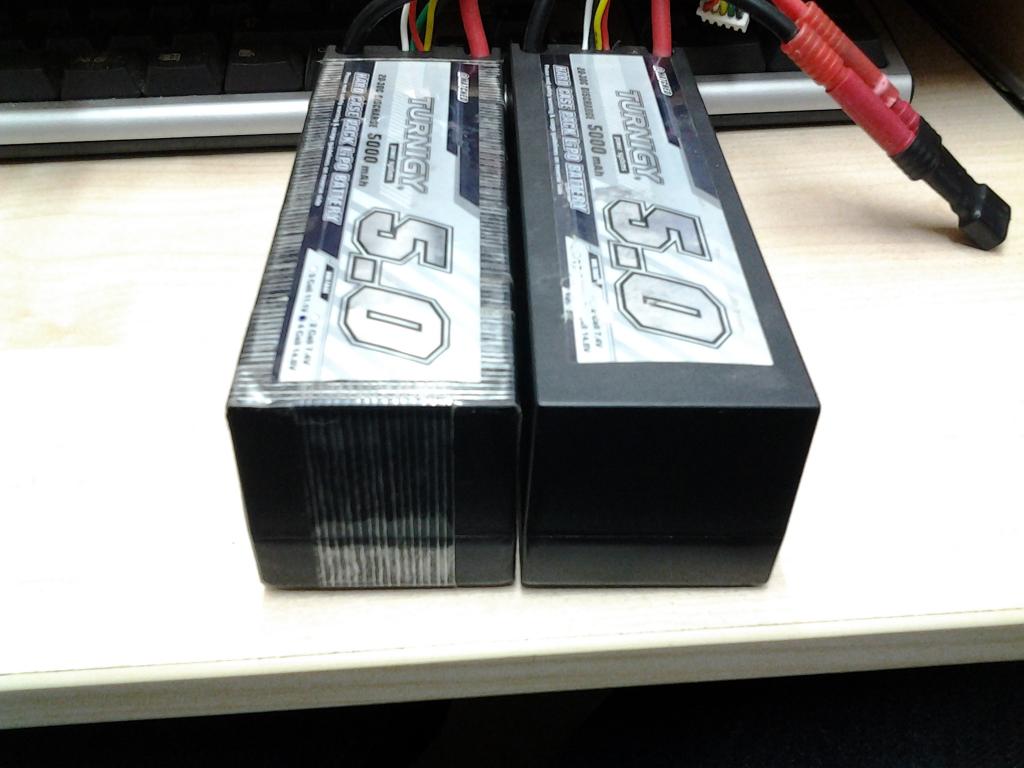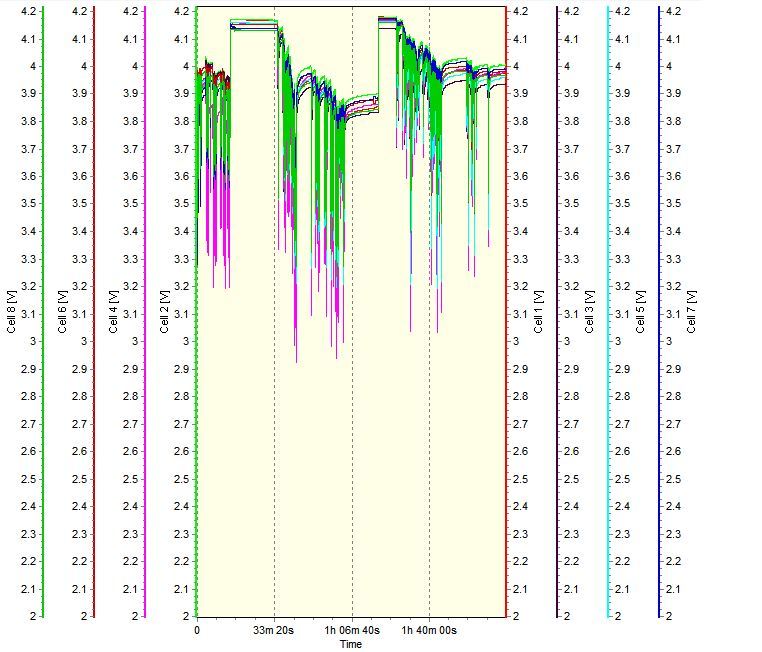Hi Abe.
I always recharge my batteries when I return from my ride to ensure they are ready to go again the following day.
Leaving your charger turned on and connected to the charger should not damage the battery as it should not be possible to overcharge the battery.
The charger uses a constant current for the first part of the charge until the battery voltage reaches the charger's pre set maximum voltage
(~58.4V for the 48V LiFePO4 batteries). When the maximum charging voltage is reached, the charger automatically reduces the current to ensure the voltage is not exceeded.
When the current falls below a set level, the green light is displayed on the charger to indicate that the battery is fully charged and the charger will simply continue to supply just enough current to maintain the maximum recommended safe charging voltage.
A longer charging time can often be beneficial, as it allows the cells more time to become more evenly balanced so they all settle at a very similar voltage.
The following graph shows the differing cell voltages in a faulty 8 cell LiPo pack with blown cells which are still very imbalanced due to using a rapid "non-balanced" charging mode
(without any BMS to protect the cells) as the charge first approaches the maximum charging voltage of ~33.6V with charge current of 2 Amps:

You can clearly see that one of the LiPo packs being used in this test is not the healthiest of batteries and no sane person should even consider charging or using a pack in this condition

:

Although the left hand pack still looks physically OK in the picture, it is also quite swollen and clearly pressurised inside the hard case, so it's hardly surprising that the cells are so far out of balance.
However, this is what the cell voltages were like after some experimental "LiPo-suction"
(which I strongly advise others not to attempt LiPo surgery, but I just couldn't resist the overwhelming strength of my inquisitive nature) and then being left on charge for a further ~2.5 hours using a balanced charging mode
(which works in a similar fashion to a BMS):


These two packs are still used occasionally but cannot deliver high current without a very pronounced voltage drop on the weakest cells:

So, if you are still genuinely worried about overcharging your battery by leaving it on charge for too long, set a timer to allow a long enough time to charge the battery and then switch off the power.
If you use your bike every day and charge it every night you could even set the timer to turn on at a pre-set time in the middle of the night so it will be fully charged and ready to go in the morning when you need to set off for work.

I tend to do this with my Vectrix electric scooter, as the NiMh battery usually self discharges quite quickly and it gives me a longer range
(or less range anxiety) if I start with a fully charged battery, rather than one that has been charged in the evening and then left overnight.
Fortunately, the self discharge is negligible with modern lithium batteries.
 Alan
Alan